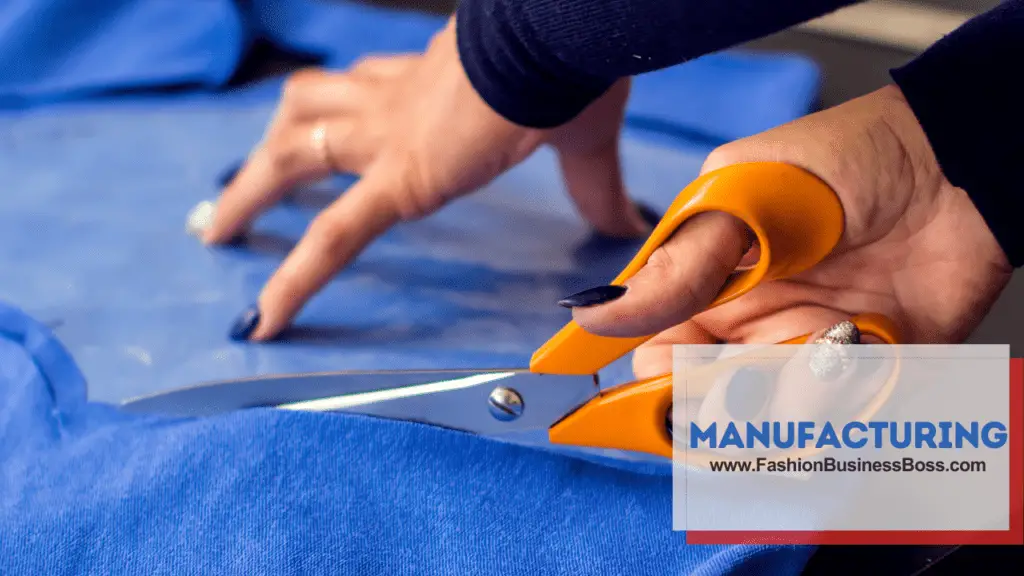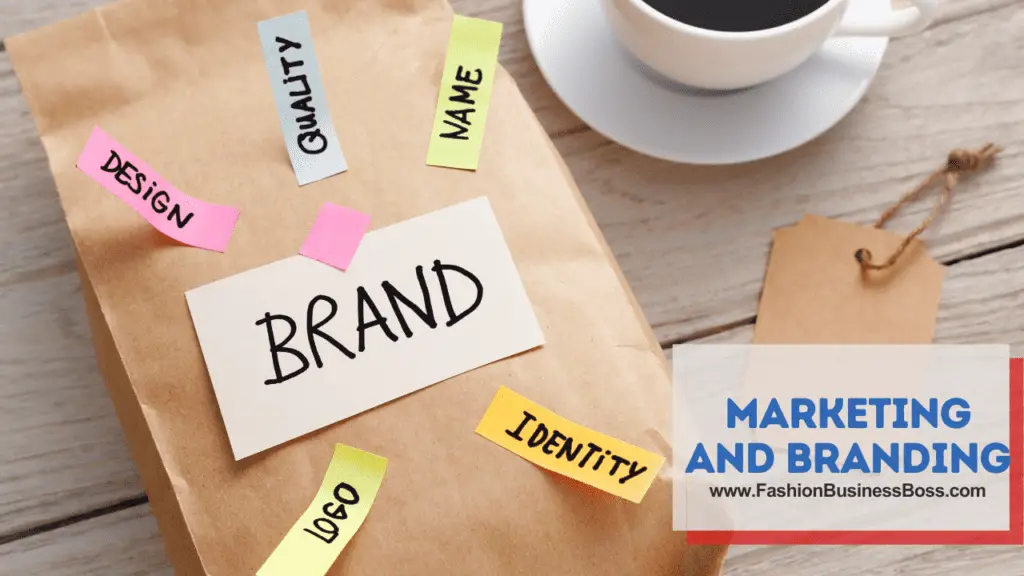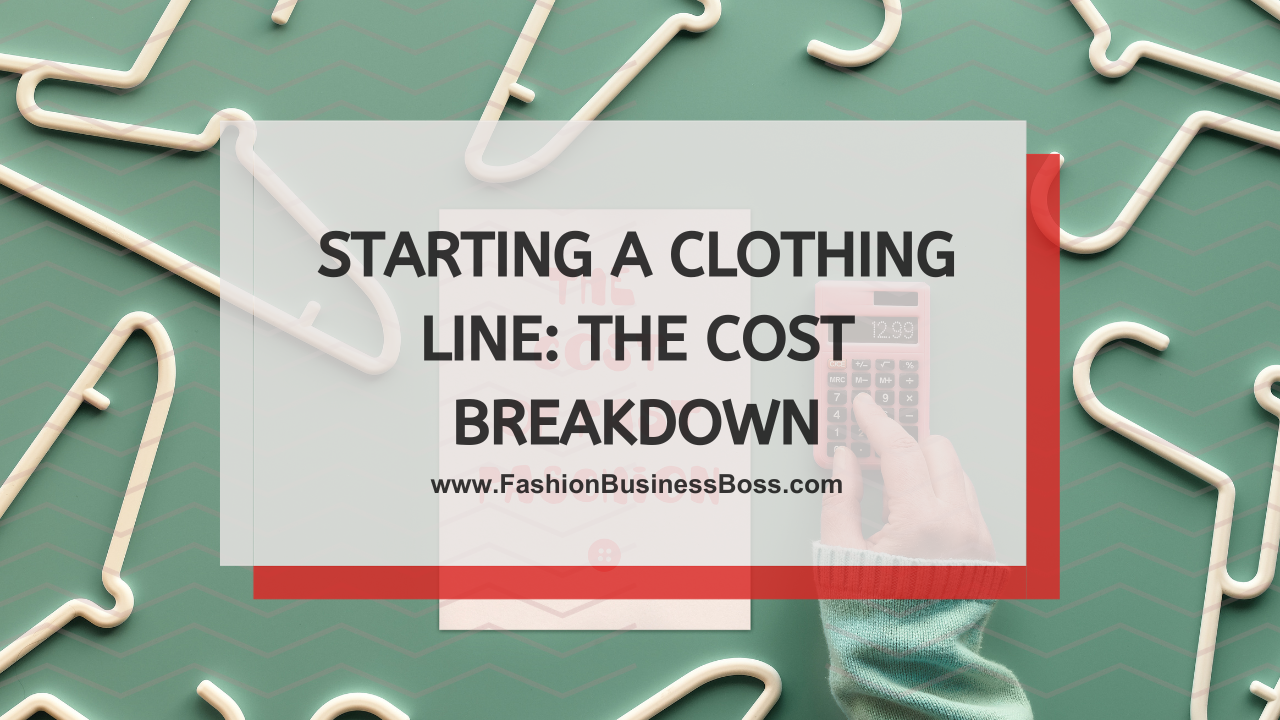Beginning a clothing brand can be an exciting venture. However, before diving into the world of fashion, it’s crucial to understand the costs involved.
To start a clothing line, you’ll need to budget for design, manufacturing, legal fees, marketing, and more. Costs can vary widely, but careful planning is key to growth.
In this article, we’ll break down the expenses you can expect when embarking on your journey to create your clothing brand.
Business Plan and Research

Launching a clothing line begins with the essential step of crafting a business plan. Although this process doesn’t come with a fixed cost, its value lies in providing you with a clear roadmap for your venture. Your business plan serves as a strategic compass, helping you define your approach, pinpoint your target audience, and project your financial outlook.
Consider allocating funds for market research during this phase. While the expense can vary, it’s a valuable investment. Market research offers insights into your competitors and reveals gaps in the market that your clothing line can address. Armed with this knowledge, you can tailor your designs to meet specific market needs.
Your business plan and research form the foundation for your clothing line, offering direction and insight as you embark on this exciting journey. These early investments in planning and understanding the market can lead to a more informed and focused start for your clothing brand.
Read more about: Launching Your Dream Store: The Costs of Online Clothing Retail
Legal and Registration Fees
Ensuring the legal foundation of your clothing venture requires some financial allocation. To operate within the bounds of the law, there are expenses related to registering your business and securing trademarks for your brand name and logo.
The cost of these legal and registration fees can fluctuate, primarily depending on where you’re located and the specific legal prerequisites in your region. They generally fall within the range of $500 to $1,000 or possibly more.
While navigating this aspect, it’s a prudent course of action to seek guidance from a legal expert. This professional can provide vital insights and help you understand the precise compliance requirements for your clothing line. Their expertise ensures that you don’t inadvertently run afoul of any legal obligations.
Design and Prototyping (Cost: $500 – $5,000+)
Creating unique designs is the heart of a clothing line, and this process comes with associated costs. Expenses in this area can vary widely, typically falling in the range of $500 to $5,000 or potentially more.
These expenses include hiring a designer, purchasing necessary design software, and creating prototypes. Designers often charge fees for their expertise and time, and design software licenses can also add to the overall cost. The creation of prototypes, physical representations of your designs, may require materials and labor.
Understanding that investing in high-quality designs is crucial to setting your brand apart is essential. The uniqueness and appeal of your designs play a significant role in attracting customers and establishing your brand identity in the competitive world of fashion.
Manufacturing (Cost: Varies)

The expenses associated with manufacturing in the clothing line industry exhibit substantial variations. These variances hinge upon several factors, namely the volume of production, the materials used, and the geographical location of production.
Production volume plays a pivotal role in determining the cost. Larger production quantities often lead to reduced per-unit costs due to economies of scale. Conversely, smaller production runs may incur higher expenses per unit.
The materials you choose for your clothing line also significantly impact manufacturing costs. High-quality or specialized fabrics can increase expenses, while more affordable materials can help control costs.
Another critical consideration is the location of manufacturing. You have the option to produce your clothing locally or overseas. Each option has its advantages and disadvantages. Local production may be more expensive, but it offers quicker turnaround times and easier quality control. Overseas production can be cost-effective, but it involves longer lead times and potential language and cultural barriers.
Read more about: Launching Your Brand: A Clothing Line Starter Kit
Materials and Equipment
Acquiring materials and equipment constitutes a fundamental aspect of launching a clothing line. This endeavor involves sourcing various items such as sewing machines, cutting tables, and pattern-making tools. The cost associated with procuring these items can fluctuate significantly, typically ranging from $1,000 to $10,000 or even more.
The cost of materials and equipment hinges largely on the scale of your production and the quality of the materials you plan to use. If you intend to produce clothing on a larger scale, you may need to invest in more advanced and efficient equipment, which can lead to higher costs. The quality of materials you choose for your clothing line can also influence expenses. Premium materials often come at a higher price point.
Understanding that the investment in materials and equipment is directly related to the scale and quality of your clothing line is essential. Careful consideration of your production needs and budget constraints will help you make informed decisions regarding these crucial resources.
Website and E-commerce Platform
In the digital age, establishing a robust online presence is of paramount importance for your clothing line. This endeavor entails various costs, typically falling within the range of $500 to $5,000 or more. These expenses revolve around critical components such as website development, domain registration, hosting fees, and e-commerce platform subscriptions.
First and foremost, website development is a cornerstone. The expense here can fluctuate based on the complexity of your website and whether you opt to hire a professional developer or utilize user-friendly website builder tools.
Securing a unique web address, known as domain registration, is another cost to consider. The price can vary depending on the availability and desirability of your chosen domain name.
Hosting fees are also part of the equation. These fees cover the cost of the server space where your website’s data is stored. The specific amount you pay will depend on your chosen hosting provider and the resources you require.
Lastly, if your intention is to sell your clothing online, you’ll likely need an e-commerce platform. Subscription costs for these platforms can fluctuate based on the features and capabilities they offer.
Marketing and Branding

Establishing and expanding your clothing line’s presence in the market relies heavily on your investment in marketing and branding, which typically requires a budget ranging from $1,000 to $10,000 or potentially more, depending on your specific strategies and scale.
One key component is social media advertising. Promoting your clothing line on platforms like Facebook, Instagram, and Twitter often necessitates a financial commitment, with costs varying based on factors such as your target audience and advertising strategy.
Collaborating with influencers is another avenue to consider. Partnering with individuals whose values align with your brand can significantly broaden your reach. The expenses associated with influencer collaborations depend on the fees charged by the influencers and the scope of the collaboration.
Furthermore, high-quality visuals are paramount for showcasing your clothing line effectively. Investing in professional product catalog photography is a wise move. Costs for this service can fluctuate based on the number of products you need to capture and the complexity of the photoshoot.
Read more about: Is Your Wallet Ready? Starting a Clothing Business Costs
Packaging and Labels
Packaging and labels play a vital role in shaping your brand’s identity. They serve as the first point of contact between your product and the customer. Ensuring that your clothing line stands out while being budget-conscious is essential.
When it comes to expenses in this category, you can anticipate costs ranging from $500 to $2,000 or even more, depending on your preferences and needs. Here’s a breakdown:
Designing unique packaging that reflects your brand can be a bit pricey, but it’s an investment worth considering. This expense typically falls within the range mentioned.
Hang tags are like your clothing line’s business card. They provide essential information and give your products a professional touch. Costs for designing and printing these tags can vary but usually fit within the specified budget.
These labels are crucial for providing care instructions to customers. They are a necessary expense, and their cost is typically reasonable, aligning with your budget range.
Inventory
Inventory costs can vary widely depending on the size and scope of your clothing line. The goal here is to strike a balance and avoid the two extremes: having too much or too little inventory on hand.
This is where a significant portion of your budget may go. You’ll need to purchase the clothing items you intend to sell. The cost here can fluctuate based on the number and types of garments you offer.
It’s crucial to emphasize the importance of managing your inventory diligently. Overstocking can tie up your capital and storage space, while understocking can lead to lost sales opportunities. Regular tracking and analysis of sales trends will help you find that sweet spot.
Shipping and Fulfillment

When you purchase materials to create your clothing products, there are shipping costs associated with getting those materials to your location. These costs can fluctuate based on the suppliers you choose and the quantity of materials you order.
Once your clothing items are ready for customers, you’ll need to consider the shipping costs to deliver them. The cost here can vary depending on factors like package size, weight, and shipping destinations.
You have two main options for handling shipping and fulfillment. You can manage it in-house, which gives you more control but may require more resources, or you can opt for third-party services that handle shipping for you, which can save time but may have associated fees.
Read more about: How to Sell Clothes Wholesale: Your Roadmap to Growth
Employee Wages
When hiring employees for roles such as design, production, or customer service, it’s essential to account for their compensation, which includes salaries and benefits.
The wages you pay to your employees depend on their roles and responsibilities. Designers, production staff, and customer service representatives may have different salary ranges. Research industry standards and local labor laws to determine fair compensation for each position.
Employee benefits such as health insurance, retirement contributions, and paid time off should be factored in. These benefits can vary in cost depending on the level of coverage and the number of employees you have.
Keep in mind that wage levels can vary significantly by location due to differences in the cost of living. What may be a competitive salary in one area may not be in another.
Conclusion
The total cost to start a clothing line can range from a few thousand dollars to several hundred thousand dollars, depending on various factors. It’s essential to create a detailed budget and financial plan to track your expenses effectively.
Frequently Asked Questions

Q: What are the typical startup costs for launching a clothing line?
A: Typical startup costs for a clothing line can range from a few thousand dollars to several hundred thousand dollars, depending on factors like scale, materials, and location.
Q: How can I find reliable manufacturers for my clothing line?
A: You can find reliable manufacturers through industry trade shows, online directories, or by working with a sourcing agent who specializes in the fashion industry.
Q: What marketing strategies are effective for promoting a clothing line?
A: Effective marketing strategies include social media advertising, influencer collaborations, email marketing, and building a strong online presence through a well-designed website.
To learn more about starting your own clothing business, check out my startup documents here.
Please note that the contents of this blog are for informational and entertainment purposes only and should not be construed as legal advice. Any action taken based on the information provided in this blog is solely at your own risk. Additionally, all images used in this blog are generated under the CC0 license of Creative Commons, which means they are free to use for any purpose without attribution.

Meet Shawn Chun: Entrepreneur and Fashion Business Fan.
I’m a happy individual who happens to be an entrepreneur. I have owned several types of businesses in my life from a coffee shop to an import and export business to an online review business plus a few more and now I create online resources for those interested in starting new ventures. It’s demanding work but I love it. I do it for those passionate about their business and their goals. That’s why when I meet a designer or boutique owner at a craft fair, farmers market, retail location or anywhere else I see myself. I know how hard the struggle is to retain clients, find good employees and keep the business growing all while trying to stay competitive.
That’s why I created Fashion Business Boss: I want to help fashion business owners like you build a thriving business that brings you endless joy and supports your ideal lifestyle.

